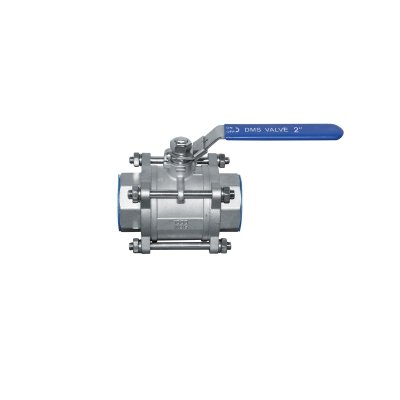Butterfly Valves in Industrial Flow Control Systems
Butterfly valves are an important type of valve used in industrial applications to control the flow of fluids. Classified under industrial valves, butterfly valves are widely used due to their compact structure and fast open-close capabilities. Models such as lug-type butterfly valves and wafer-type butterfly valves are especially preferred in pipeline systems. Lug-type butterfly valves allow for maintenance without removing the pipeline, while wafer-type butterfly valves offer a lighter and more space-saving solution.
Butterfly valves can be operated via pneumatic or electric actuators in automatic control systems. Pneumatic actuators, which operate with compressed air, enable quick opening and closing of the valve. Electric actuators, powered by electricity, provide more precise control and are commonly used in automation processes.
Butterfly valves are manufactured from durable and long-lasting materials. Stainless steel valve models are often preferred due to their corrosion resistance, ensuring reliable performance even under harsh operating conditions.
In some systems, controlling the flow direction is a key factor. L-port and T-port butterfly valves are used where fluid needs to be directed in multiple directions. These valves play a crucial role in processes requiring multi-directional flow control.
For actuators to function accurately and efficiently, auxiliary equipment such as gearboxes and limit switch boxes are used. Gearboxes are designed to enhance and direct actuator movement, while limit switch boxes detect whether the valve is open or closed, ensuring safe operation within automation systems.
With all these features, butterfly valves are critical components that enhance efficiency and simplify flow control in industrial processes.
 TR
TR EN
EN




